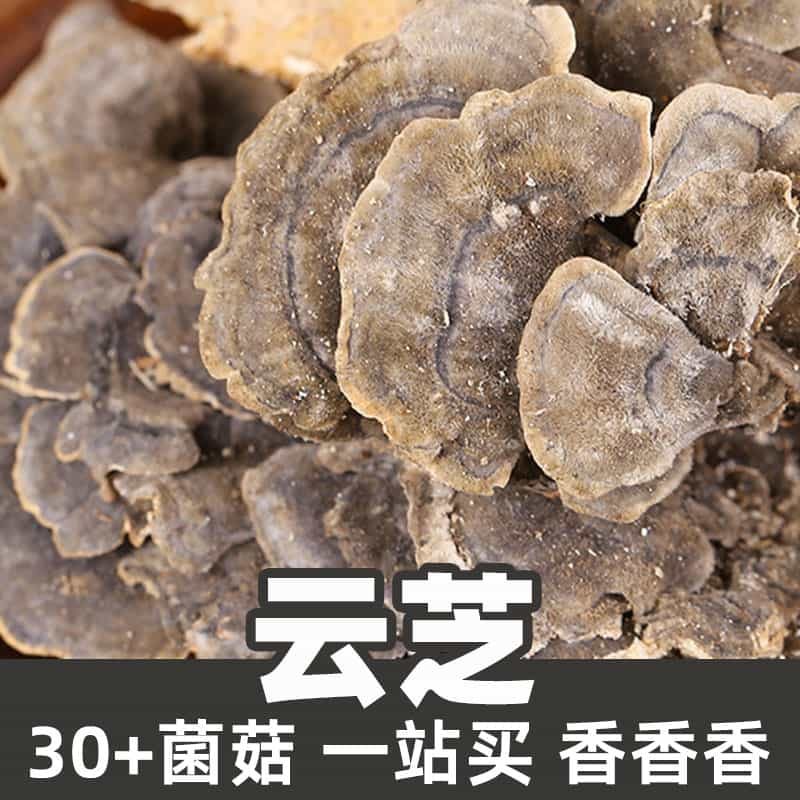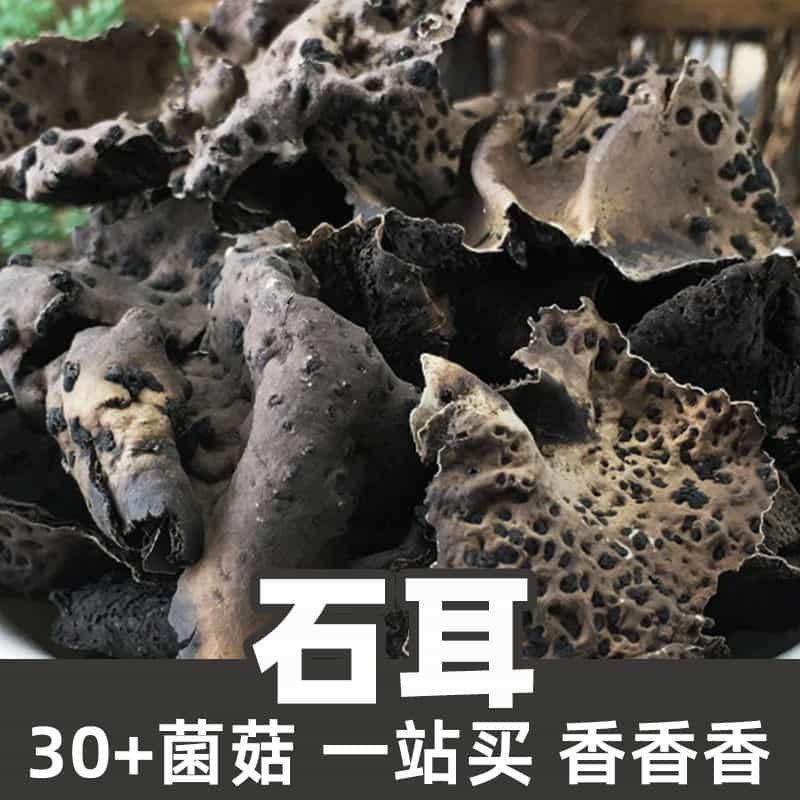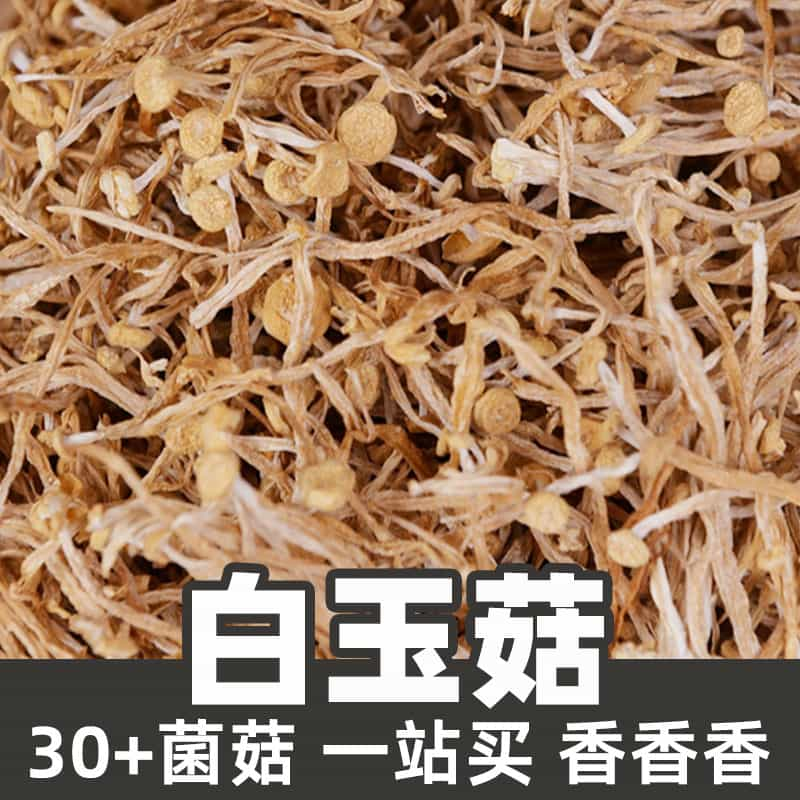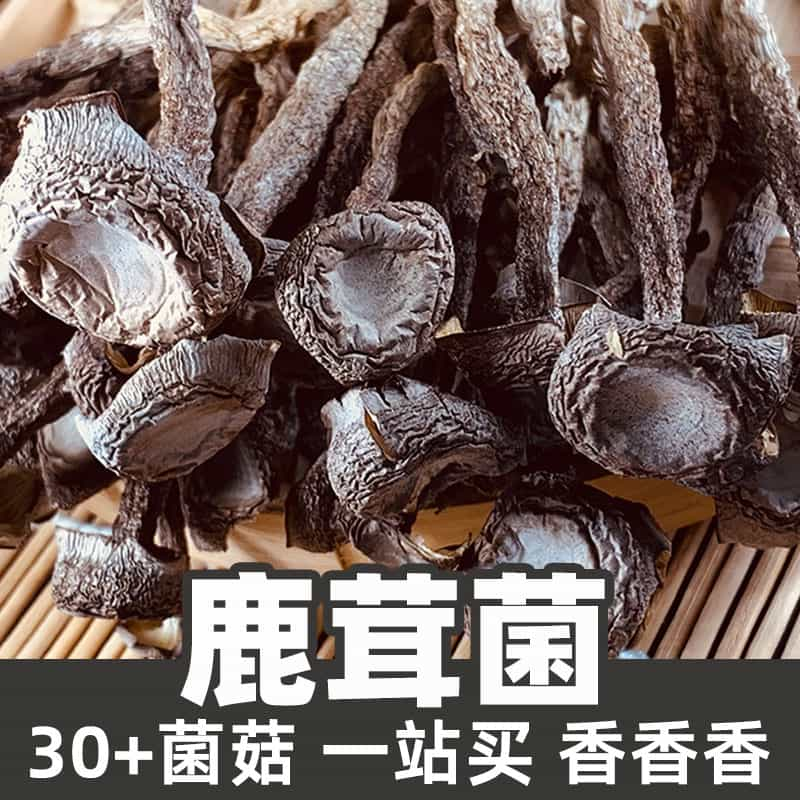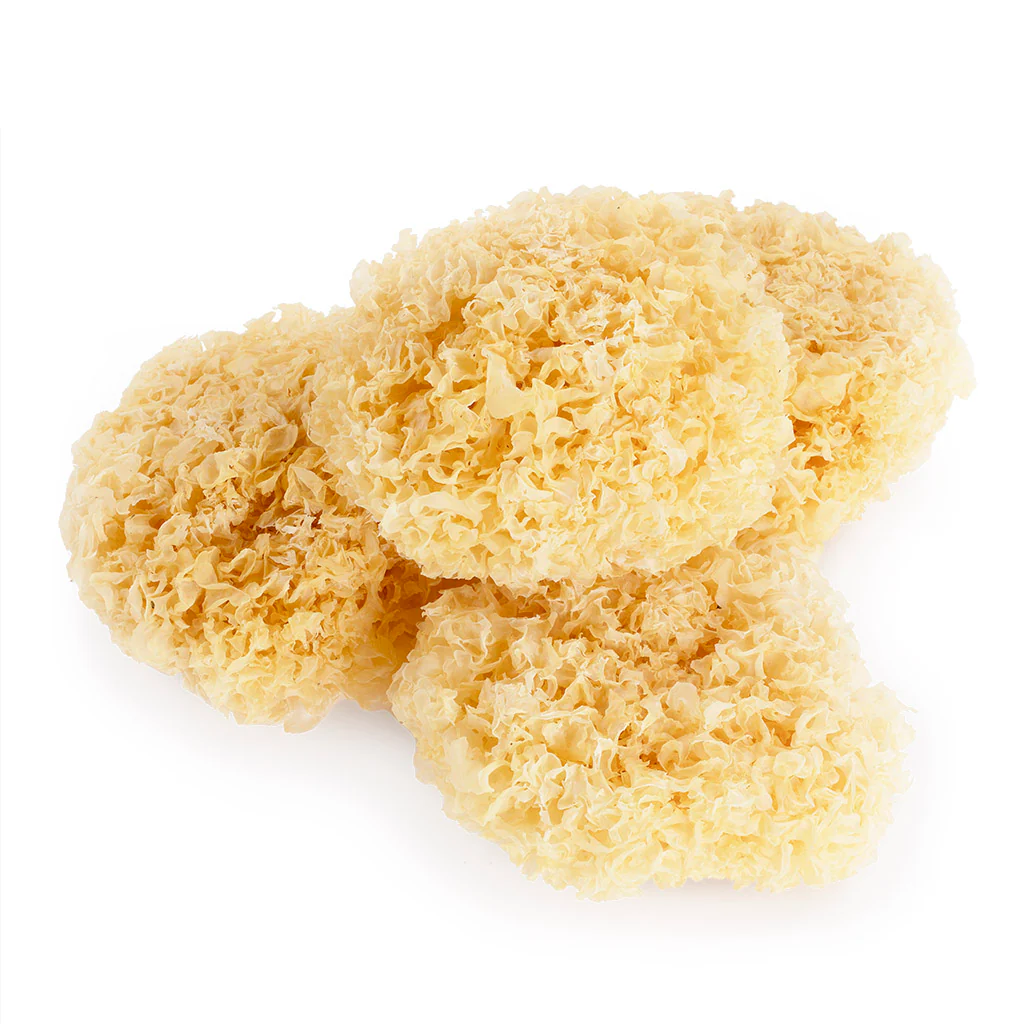Coprinus comatus, commonly known as Shaggy Mane or Lawyer's Wig, is a unique edible mushroom found in temperate regions around the world. Known for its distinctive appearance, it has a long, slender stalk and a shaggy, white cap that can reach heights of up to 10 inches. This species is notable for its unique life cycle. Initially, the cap is solid and white but transforms into a dark, ink-like substance as it matures, creating the characteristic inky appearance that gives it its name. In addition to its culinary uses, Coprinus comatus has attracted attention for its potential health benefits. It is rich in bioactive compounds, making it not only a delicacy but also a source of traditional medicinal uses. The mushroom has a slight nutty flavor, making it a delightful addition to various dishes, which can be enjoyed sautéed, in soups, or even in salads.
The origin of Coprinus comatus can be traced back to the decaying organic matter in its natural habitat, which allows the mushroom to flourish. As a natural source of nutrition, it has been used across various cultures for centuries. Its growing popularity in modern culinary practices is due to its rich taste and nutritional profile, paired with an increasing interest in foraging and natural food sources.
The nutritional profile of Coprinus comatus reveals several key active ingredients and functional compounds. It is rich in polysaccharides, which are beneficial for gut health and mental function. These compounds act as prebiotics, feeding beneficial gut bacteria and promoting a healthy microbiome. In addition to polysaccharides, Coprinus comatus is an excellent source of B vitamins, particularly riboflavin and niacin. These vitamins play vital roles in energy metabolism, cell function, and maintaining overall cellular health. Moreover, the complexity of the mushroom includes various minerals, such as potassium, phosphorus, and selenium, which contribute to its nutritional value.
In the kitchen, the applications of Coprinus comatus are diverse due to its unique flavor profile and texture. When cooked, its tender flesh can enhance the taste of various dishes, from risottos and stir-fries to soups and stews. Many chefs enjoy pairing it with other ingredients that complement its nutty flavor, such as garlic, fresh herbs, and hearty vegetables. Beyond its culinary uses, some research has pointed towards its medicinal properties. The potential health benefits of Coprinus comatus include antioxidant and anti-inflammatory effects, bolstering the immune system, and possibly battling certain chronic illnesses.
The natural habitat of Coprinus comatus is primarily grassy areas, such as meadows, lawns, and alongside roads, with a preference for disturbed soils rich in organic matter. This species can thrive in various environments, and its fruiting bodies typically appear in late spring through early autumn. Geographically, it has a broad distribution, found in Europe, North America, and Asia. It typically grows in clusters or solitary near decaying cellulose-rich material, emphasizing its adaptability. The mushroom plays a role in the ecosystem by breaking down organic matter, thus returning nutrients to the soil.
Harvesting Coprinus comatus requires careful attention to their maturity. Ideal conditions for harvesting are when the cap is still white and firm, before it starts to turn into inky goo. They should be picked by twisting the base of the stem to maintain the integrity of the surrounding soil ecosystem. Once harvested, proper processing is essential to preserve their freshness and flavor. After collection, the mushrooms can be gently brushed to remove debris and then rinsed lightly under running water if necessary. The mushrooms should ideally be consumed fresh but can also be dehydrated for extended storage. For optimal preservation, they should be kept in a paper bag in a refrigerator, reducing moisture accumulation.
Monica Sun is a seasoned expert in the natural raw materials industry, with over a decade of experience specializing in traditional Chinese medicinal herbs, spices, and fungi. She is skilled in the sourcing, processing, and application of these materials, emphasizing sustainability and innovation. Monica Sun has contributed to the development of high-quality natural raw materials that serve as essential components in functional foods, pharmaceuticals, and cosmetics, delivering tailored solutions to meet diverse market needs.








